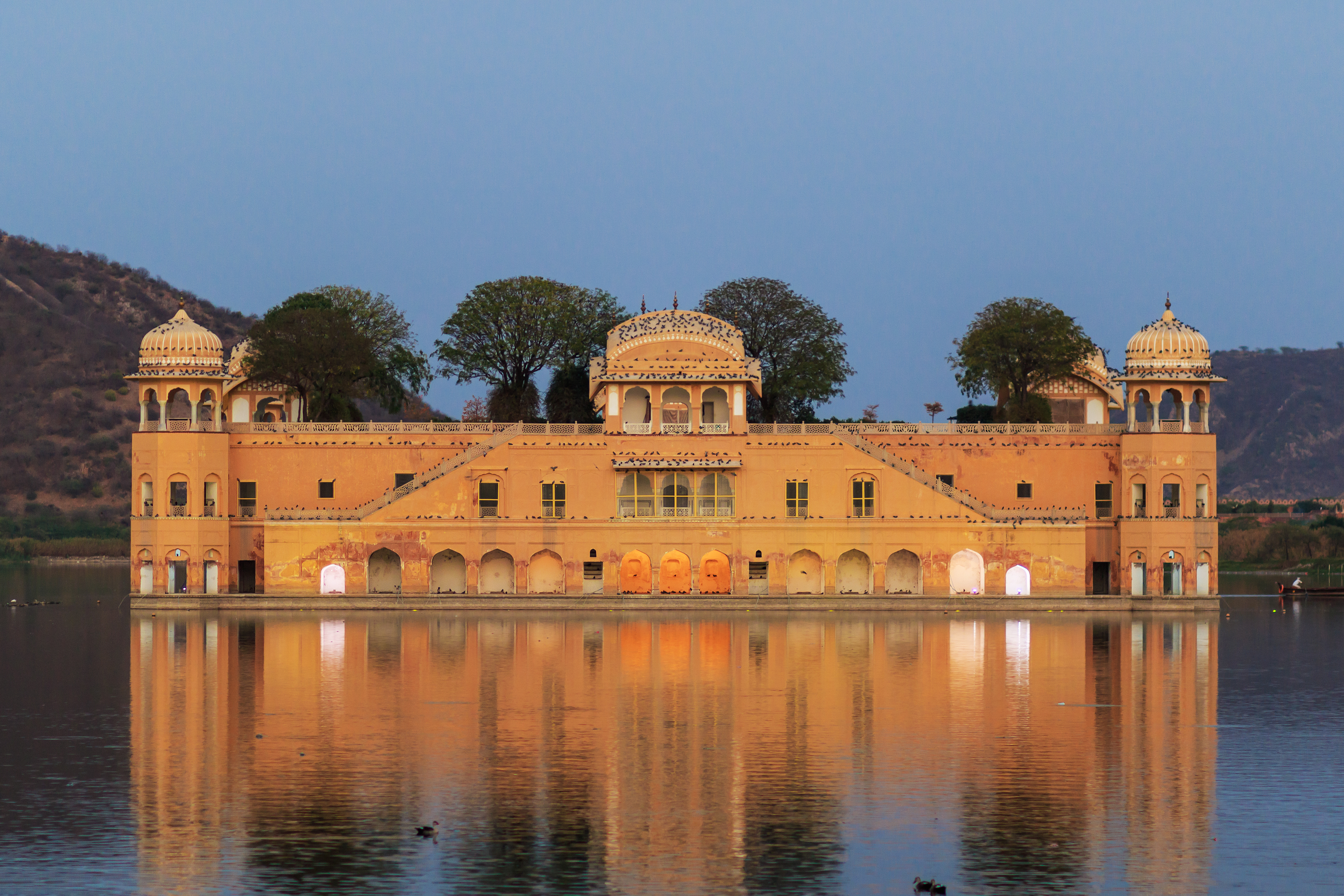


India’s textile traditions are not merely fashion—they are threads of history, artistry, and identity woven through centuries. Every region tells a story with its fabric, blending cultural motifs with masterful craftsmanship. From the shimmering silks of Varanasi to the desert-dyed marvels of Bhuj, and from Jaipur’s hand-stamped prints to Agra’s royal Zardozi, the country’s textile trail reads like a richly illustrated travelogue through time. Each stop unveils a new texture, a new tale—steeped in rituals, dynasties, and the unyielding dedication of artisans who have preserved these crafts through generations.

Varanasi, one of the world’s oldest inhabited cities, is also the proud custodian of the opulent Banarasi silk saree. With roots in the Mughal era, Banarasi weaving emerged when Persian artistry met Indian tradition. The result: brocaded silks woven with gold and silver threads, depicting intricate floral and Mughal-inspired motifs. These sarees were once reserved for royalty, often taking weeks or months to complete. Today, they remain ceremonial essentials—timeless pieces that epitomize luxury and meticulous craftsmanship.
The windswept region of Kutch in Gujarat is a treasure trove of heritage textiles. Its story begins as far back as the Indus Valley Civilization, evident in early dyeing techniques and design motifs. Bhuj, at the heart of this region, is famed for three major crafts: Ajrakh block printing, Bandhani tie-dye, and Kutchi embroidery.
Ajrakh, with its complex geometric patterns and natural dyes, follows a 14-step process that dates back over 4,000 years. Bandhani, believed to be one of the oldest known tie-dye traditions, creates patterns by intricately tying cloth before dyeing. Kutchi embroidery, vibrant with mirrors and bold colors, reflects both tribal identity and nomadic history—each stitch a symbol, each motif a memory.
Block printing in Jaipur is not just an art—it’s a ritual. Tracing its lineage to the 16th century, the craft was nurtured by royal patronage and perfected by the Chhipa community. The cities of Bagru and Sanganer soon became hubs of this detailed handwork.
Sanganeri prints, known for their refined floral patterns and white backgrounds, gained popularity under Mughal rule and later with European traders. Bagru, with its earthy tones and bolder motifs, uses traditional vegetable dyes and mud-resist techniques.
Today, the craft blends seamlessly into contemporary design studios and fashion houses, while retaining its handmade essence and royal legacy.
In the temple town of Kanchipuram, every saree is a canvas of devotion. The weaving tradition dates back over 400 years to the Vijayanagara Empire, when master weavers were invited to create fabrics worthy of deities and royals alike.
Kanchipuram sarees, crafted from pure mulberry silk and embellished with gold zari borders, feature motifs inspired by temple sculptures, mythology, and nature. Their weight and durability are matched only by their grandeur—these are not merely garments, but heirlooms.
Another southern gem, Madurai’s Sungudi saree, has roots in the 17th century and is crafted using a meticulous tie-and-dye process, worn for both daily elegance and festive grace.
Agra, known for the ethereal Taj Mahal, is equally rich in textile legacy—especially its resplendent Zardozi embroidery. The word Zardozi comes from Persian: ‘zar’ meaning gold and ‘dozi’ meaning embroidery. This ornate craft was introduced in India during the Mughal period, flourishing under emperors like Akbar and Shah Jahan, who commissioned exquisite textiles for royal robes and palace décor.
Zardozi involves the use of metallic threads—gold, silver, or copper—meticulously hand-embroidered onto fabrics like silk, velvet, and satin. The motifs are regal: creepers, florals, birds, and architectural patterns, often encrusted with pearls, sequins, and precious stones. Agra’s artisans have preserved this age-old luxury, keeping alive a tradition once stitched exclusively for emperors. Today, Zardozi continues to embellish couture garments, ceremonial attire, and high-end accessories—proof that opulence never goes out of style.
To explore India’s textile trails is to explore the country's living heritage. Each weave and stitch tells a story of tradition, resilience, and beauty. From desert villages to temple towns and royal cities, India’s fabric traditions are not relics of the past but evolving legacies.
Whether it’s the glittering elegance of Zardozi or the organic precision of block prints, these crafts remain rooted in their origins while adapting to modern sensibilities—proving that in India, fashion is forever fused with folklore.





Finest Journeys LLP
713, Ijmima Complex
Behind Infinity Mall
Malad West, Mumbai 400 064

Person*
